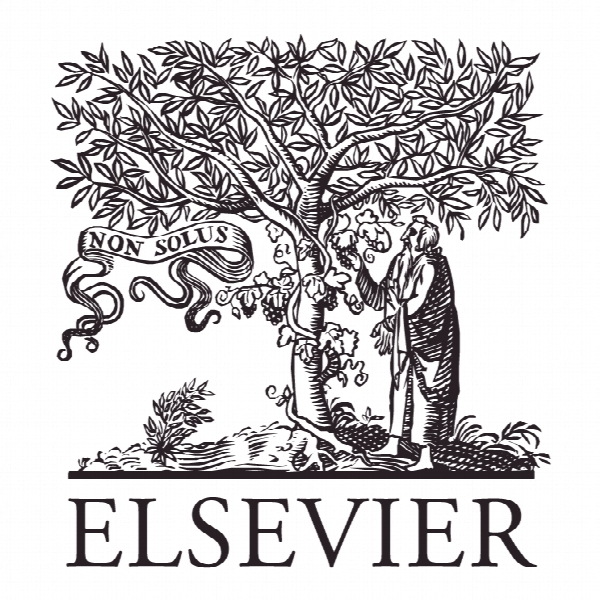فعالیت های آنتی اکسیدانی آزمایشگاهی عصاره ریشه مارچوبه racemosus Linn In vitro antioxidant activities of root extract of Asparagus racemosus Linn
- نوع فایل : کتاب
- زبان : انگلیسی
- ناشر : Elsevier
- چاپ و سال / کشور: 2018
توضیحات
رشته های مرتبط پزشکی
گرایش های مرتبط طب سنتی
مجله طب سنتی و مکمل – Journal of Traditional and Complementary Medicine
دانشگاه Department of Pharmaceutics – C. L. Baid Metha College of Pharmacy – India
منتشر شده در نشریه الزویر
کلمات کلیدی انگلیسی Asparagus racemosus, Antioxidant activity, HPTLC, Acute toxicity, Free radical
گرایش های مرتبط طب سنتی
مجله طب سنتی و مکمل – Journal of Traditional and Complementary Medicine
دانشگاه Department of Pharmaceutics – C. L. Baid Metha College of Pharmacy – India
منتشر شده در نشریه الزویر
کلمات کلیدی انگلیسی Asparagus racemosus, Antioxidant activity, HPTLC, Acute toxicity, Free radical
Description
1. Introduction Free radicals can defined as some free entities having one or more unpaired electrons which play a vital role in the development of various human diseases including aging.1 They can generate as a by-product from various endogenous (like normal cellular metabolism) or may be exogenous (like irradiation) processes. Free radicals can easily react with reactive oxygen species (ROS) and make themselves active radical. ROS are different activated forms of oxygen and of two distinct types, free activated oxygen radicals (like superoxide anion radical O2 , hydroxyl radical OH) and nonfree activated oxygen radicals (like hydrogen peroxide H2O2, singlet oxygen 1O2). Human cells are exposed 10,000 oxidative hits every second by these activated ROS.2 Free radicals are well known for degrading food products, resulting in off taste and reduced shelf-life. Antioxidants are able to manage the degradation of food products by deactivating active free radicals thus act as preservative.3 To minimize the deterioration, dietary products contain a pervasive amount of flavonoids, a class of polyphenols having strong antioxidant activity.4 Like Trolox Equivalent Antioxidant Capacity (TEAC) assay, several methods are established to identify most potent antioxidants by comparing antioxidant capacity of enormous compounds. In chemistry, oxidation is a chemical reaction in which an electron is transfer to an oxidizing agent from any substance. An antioxidant (counter part of oxidant) is chemical substance which reduces the rate of a particular oxidation reaction in a definite extent, hence preventing oxidative damage to the cells and biochemicals. They can prevent uncontrolled production of ROS, protein damage and DNA stand disruption and ensuring good health.5,6 Development of diseases is highly co-related with oxidative damage by free radicals. In this regard, association of LDL oxidation in cardiovascular disease can be taken as example. This LDL oxidation by free radical acts as a precursor in various life threatening diseases like atherosclerosis, cardiovascular disease etc by triggering various chemical or enzymatic pathways. According to scientists, antioxidant rich foods or dietary supplements can able to reduce the cell damage by free radicals. A regular diet of antioxidants from plants is very essential to maintain proper health as plants are rich source of organic antioxidant chemicals.7 Certain diseases like aging can be slow down or prevent with an adequate diet of antioxidant rich food. Keeping the advantage and importance of antioxidant in daily life, many nutraceutical companies have launched various forms of antioxidant (like carotene, vitamin C, vitamin E, selenium, resveratrol etc) as dietary supplement. The principle aim of this research work is to find out antioxidant potential of EEAR i.e. ethanolic root extract of Asparagus racemosus Linn.


